Group 7 (the halogens)
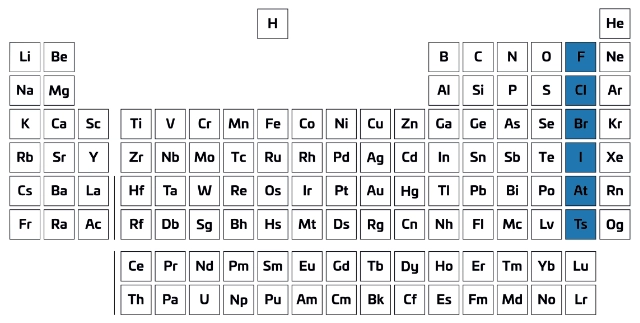
Aims of this page
After studying this page, you should be able to:
- recall physical properties of chlorine, bromine and iodine
- describe trends in physical properties of these elements
- predict the properties of other group 7 elements
- explain the trend in reactivity in group 7
- describe and explain displacement reactions between group 7 elements.
Overview
The group 7 elements are placed on the right of the periodic table. They are called the halogens because they react with metals to form salts (from Greek hal– meaning ‘salt’ and –gen meaning ‘to produce’).
You need to know details about chlorine, bromine and iodine. These are all reactive non-metals that exist as diatomic molecules. The table summarises some of their physical properties.
| Halogen | Colour | State at room temperature | Chemical formula | Relative formula mass, Mr |
|---|---|---|---|---|
| Chlorine | Pale yellow | Gas | Cl2 | 71 |
| Bromine | Red-brown | Liquid | Br2 | 160 |
| Iodine | Grey-black | Solid | I2 | 254 |
The other halogens are fluorine (placed at the top of group 7), and astatine and tennessine (placed below iodine in group 7).
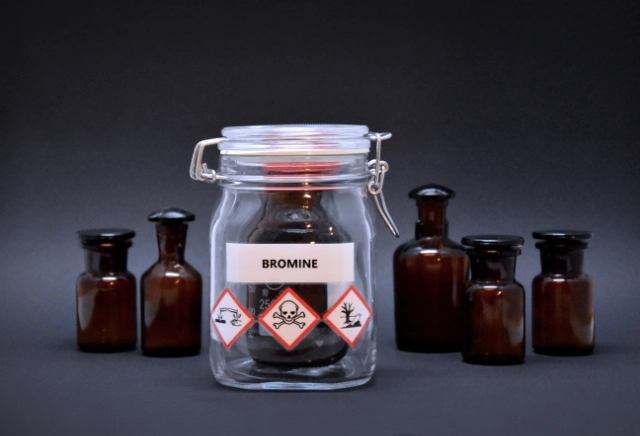
Fluorine is the most reactive non-metal element. It was first isolated by Henri Moisson in 1886. He received the Nobel Prize in Chemistry in 1906 for his work.
Melting and boiling points
The graph shows the melting points and boiling points of the halogens plotted against their relative formula masses.
When you click on the download symbol, you will be able to download the graph as an image file or pdf file, save its data, annotate it, and print it.
You can use this graph to predict the state of each halogen at room temperature and pressure, rtp (20 °C, 1 atm):
- fluorine and chlorine are in the gas state because their melting and boiling points are less than 20 °C
- bromine is in the liquid state because its melting point is less than 20 °C but its boiling point is greater than 20 °C
- iodine is in the solid state because its melting and boiling points are greater than 20 °C.
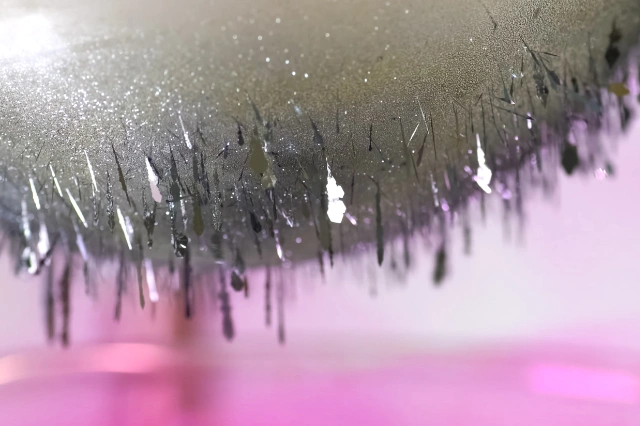
Worked example
The relative formula mass of astatine is 420. Predict its physical state at room temperature and pressure, rtp, using the graph to help you. Explain your answer.
Astatine should be in the solid state at rtp.
The graph shows that melting and boiling points increase down the group. The Mr of astatine is greater than the Mr of iodine, so its melting and boiling points should be greater than 20 °C.
Astatine is a rare radioactive element. Its most common isotope, 210At, has a half-life of just 8.1 hours. No-one has been able to collect enough of it to see what it looks like, or to determine its exact physical and chemical properties.
Reactivity
Reactions with hydrogen
Take care not to confuse hydrogen chloride gas, HCl(g), with hydrochloric acid, HCl(aq).
The reactions between hydrogen and halogens become less vigorous as you go down group 7:
- fluorine reacts explosively in the cold and dark
- chlorine reacts when heated or in sunlight
- bromine reacts in burning hydrogen
- iodine reacts slowly during continuous heating.
The reaction between hydrogen and iodine does not go to completion. It is a reversible reaction, so you should use ⇌ instead of → in the chemical equation:
H2(g) + I2(g) ⇌ 2HI(g)
Reactions with metals
Metals react with the halogens to form salts. For example, sodium reacts with chlorine to form sodium chlorine:
2Na(s) + Cl2(g) → 2NaCl(s)
Again, these reactions become less vigorous as you go down group 7.
Displacement reactions
A displacement reaction occurs when an element replaces another element in a compound. In the case of the halogens:
- a more reactive halogen will displace a less reactive halogen from its compounds.
For example, chlorine can displace iodine from potassium iodide:
Cl2(aq) + 2KI(aq) → 2KCl(aq) + I2(aq)
It is safer in school and college experiments to use aqueous solutions of chlorine, bromine and iodine rather than the pure elements.
You see the reaction mixture turn dark as iodine is produced. This reaction happens because chlorine is more reactive than iodine.
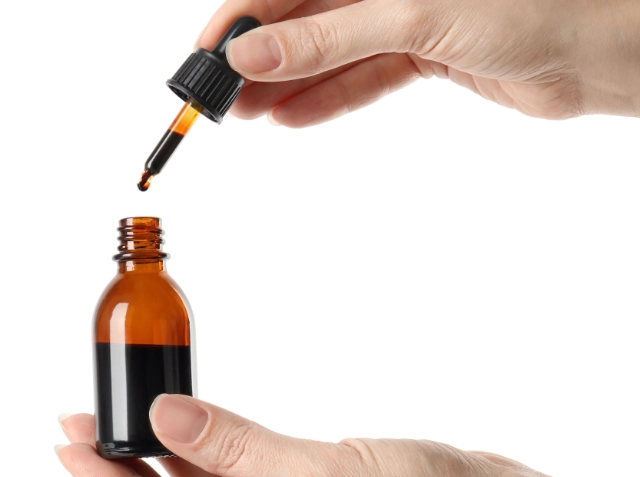
The table shows whether a reaction is seen when an aqueous halogen is added to an aqueous metal halide. A halogen does not displace itself, so three reaction mixtures are not investigated here.
| Potassium chloride | Potassium bromide | Potassium iodide | Number of reactions seen | |
|---|---|---|---|---|
| Chlorine solution | Not done | ✓ | ✓ | 2 |
| Bromine solution | ✓ | Not done | ✓ | 1 |
| Iodine solution | ✗ | ✗ | Not done | 0 |
Analysis
You can use these results to place the three halogens in order of reactivity:
- chlorine is the most reactive because it can displace bromine and iodine
- bromine is less reactive than chlorine but more reactive than iodine
- iodine is the least reactive because it is displaced by chlorine and bromine.
Why does reactivity decrease?
The atoms of each group 7 element have seven outer electrons (seven electrons in the highest occupied energy level). They gain one more outer electron in reactions. In general:
X + e– → X–
Dot and cross diagrams to show the electronic configurations of fluorine and chlorine.
As you go down group 7:
- there are more occupied shells (energy levels)
- the force of attraction between the nucleus and the outer shell decreases
- an outer electron is gained less easily.
Fluorine is the most reactive halogen because there is only one shell of electrons between the nucleus and outer shell, so its atoms gain an outer electron most easily.
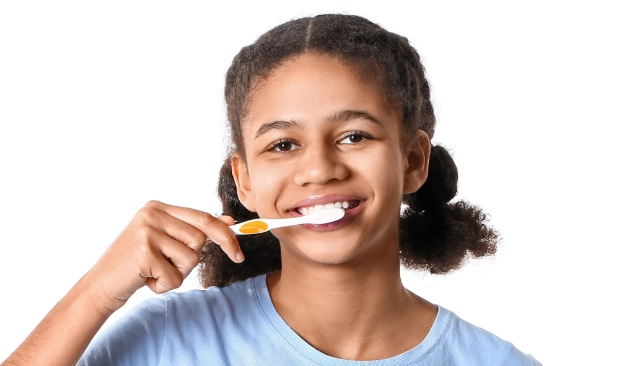
Higher Tier
Oxidation and reduction
Look at the chemical equation for one of the reactions in the table:
Br2(aq) + 2KI(aq) → 2KBr(aq) + I2(aq)
Potassium iodide consists of K+ ions and I– ions, and potassium bromide consists of K+ ions and Br– ions. The K+ ions are unchanged in the reaction. This means you can write an ionic equation for the reaction, leaving out the K+ ions:
Br2 + 2I– → 2Br– + I2
The potassium ions, K+, are spectator ions here. They are in the reaction mixture but they do not take part in the reaction.
Atoms of the more reactive halogen (bromine) gain electrons from ions of the less reactive halogen (iodine).
